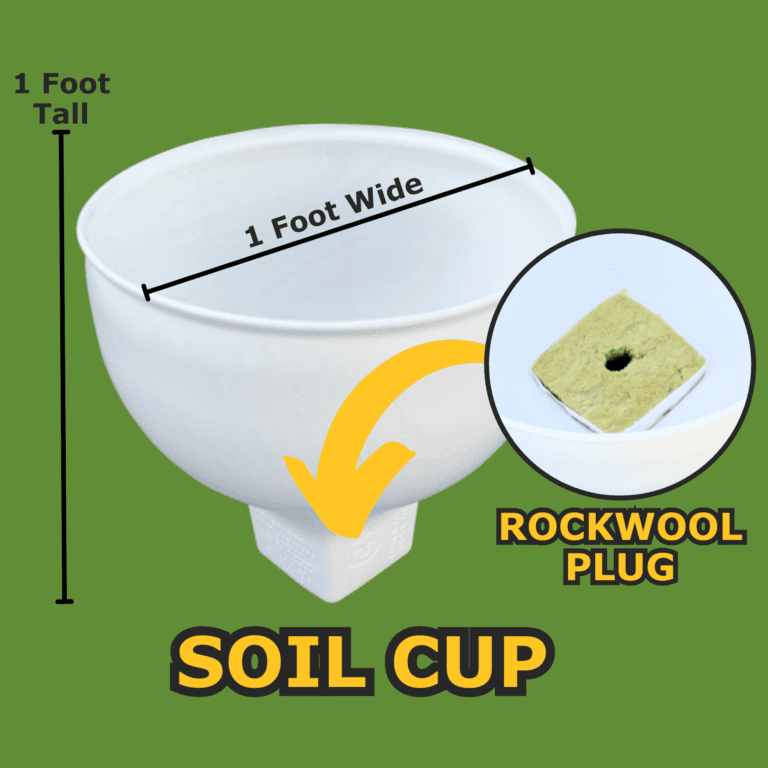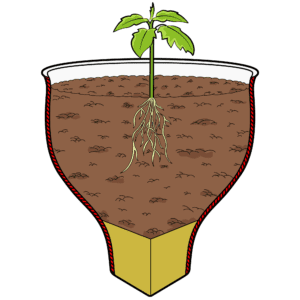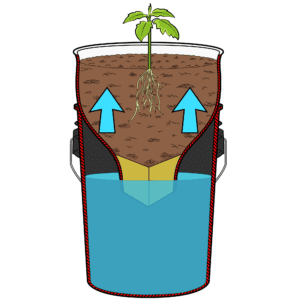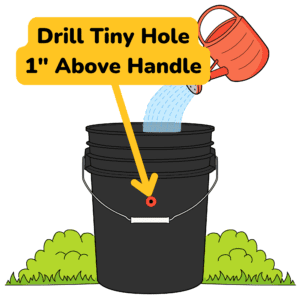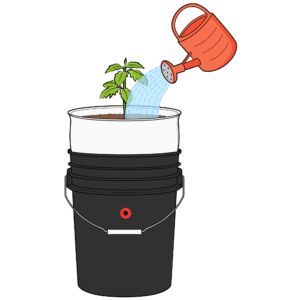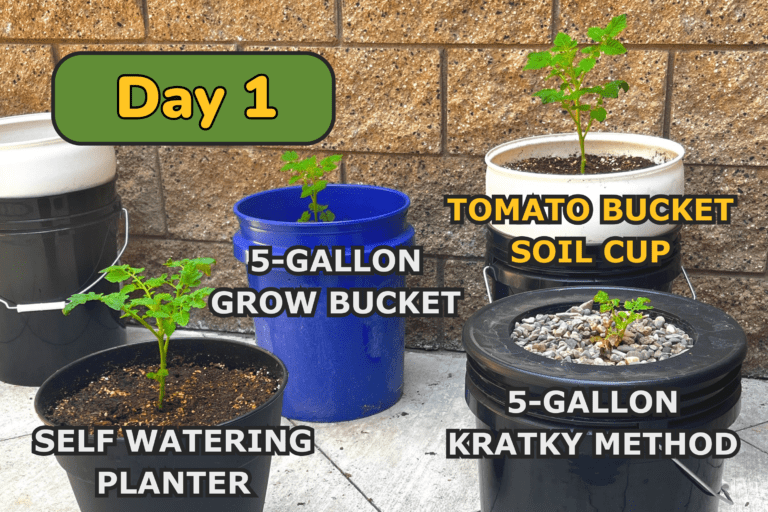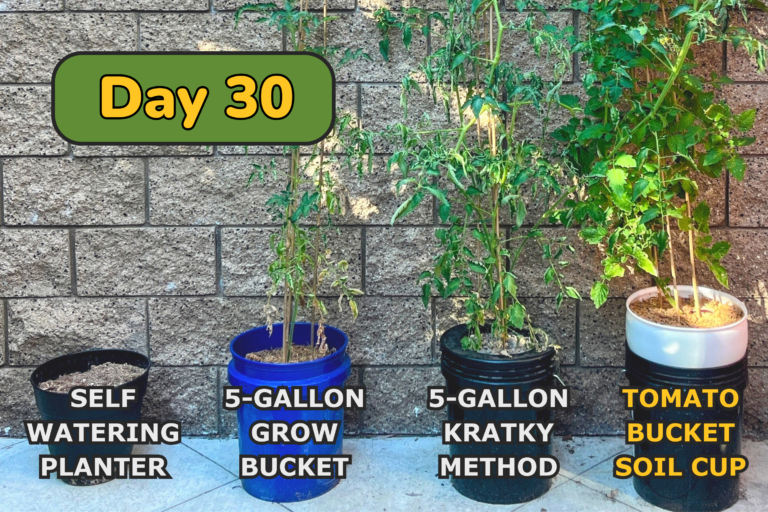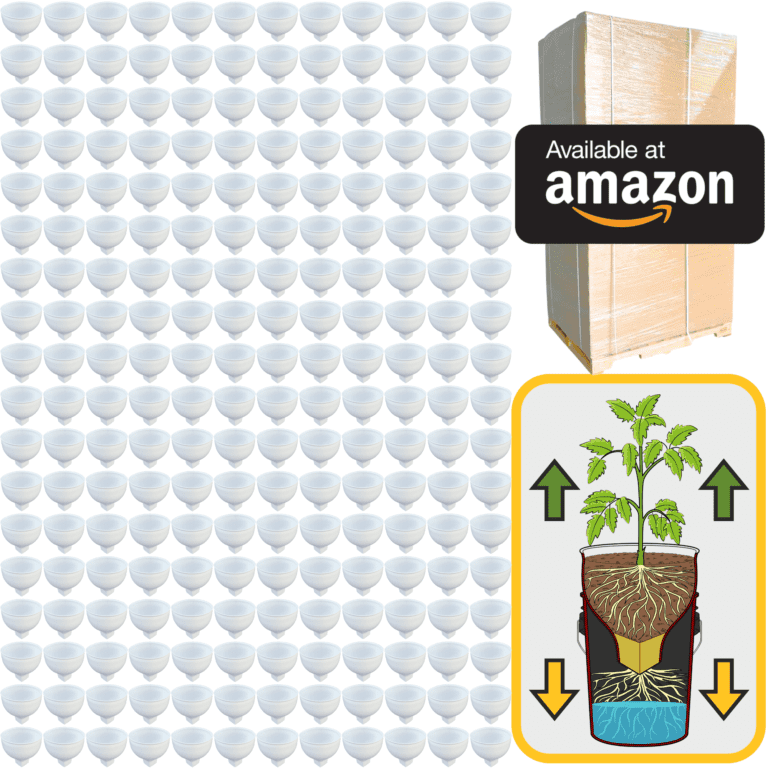Breeding your own cannabis strain is one of the most satisfying paths in cultivation, a journey that goes deeper than just growing a plant. It’s an opportunity to work closely with genetics, to understand how traits pass from one generation to the next, and to create something truly unique. Developing a strain means tailoring it to suit specific qualities you want—whether that’s a certain aroma, flavor, effect, or resilience. It’s about shaping the plant’s future, selecting for traits that make it stronger, more aromatic, or more potent, and it’s a process that transforms your connection to cannabis. Each plant, each seed, holds the potential to bring out something new, and as you nurture these possibilities, you’re creating a strain that reflects your own care, vision, and commitment.
To get started with breeding, it helps to have a basic understanding of how genetics work in plants. Cannabis, like all living organisms, passes traits to its offspring through genes. When you cross two plants, the resulting seeds carry a mix of traits from each parent, producing a variety of expressions in the offspring. Some traits are dominant, meaning they are more likely to show up in the next generation, while others are recessive and may only appear if both parents carry the gene. By selecting parent plants with qualities you love—perhaps a pungent aroma, high yield, or resistance to pests—you can encourage those traits to carry forward. Each seed you plant will offer its own unique blend of these inherited traits, making every grow an opportunity for discovery.
The process of breeding begins with choosing a male and a female plant. Cannabis plants are dioecious, meaning each plant is either male or female. Males produce pollen, and females produce the buds we’re all familiar with. To create seeds, you allow a male plant to pollinate a female plant. Once pollinated, the female will shift focus from producing large buds to creating seeds. When these seeds mature, you can harvest them, plant them, and start observing the new generation. Each of these plants will show its own mix of qualities inherited from the parents, and this is where the real adventure begins. You’re working with nature’s diversity, and each seed holds the potential for something exceptional.
Selective breeding is the next stage, where you carefully choose the plants that best represent the traits you want to keep. Suppose you’re looking to develop a strain with a high tolerance to humidity and a sweet, fruity aroma. You’d begin by selecting two parent plants that show these qualities and allow them to cross. When the seeds from this cross grow, you’ll observe each plant, noting which ones show the strongest expression of the traits you’re after. Over several generations, as you continue selecting and refining, you’ll see more consistency, with each generation reliably producing plants that share the traits you’ve been selecting. This process takes time, but with each generation, you’re building a stronger foundation for a stable, reliable strain.
What makes strain development so special is the element of surprise that comes with each new generation. Even with careful selection, some plants will reveal unique characteristics that you didn’t see in the parents. You might discover a plant with an unusually rich terpene profile, a unique color, or exceptional growth vigor. These unique plants, often called “phenotypes,” can become foundational for your strain if they express the traits you want. Each time you breed, you’re adding to the genetic richness of your garden, exploring what the plant has to offer, and deciding how best to refine it. As you gain experience, you’ll develop an eye for spotting the traits that make each plant special, and you’ll learn which qualities are worth pursuing through future generations.
Terpenes and cannabinoids are two of the key factors in shaping the identity of your strain. Terpenes, the aromatic compounds in cannabis, are responsible for its distinctive smells, whether that’s citrus, pine, earthy, or floral. These terpenes don’t just add fragrance; they contribute to the plant’s effects as well. For example, a strain rich in limonene, which smells citrusy, may have an uplifting effect, while one high in myrcene, which has a musky aroma, can produce more relaxing sensations. Cannabinoid content is equally important, as it directly impacts the potency and effects of the plant. If you’re aiming for a high-CBD strain, for instance, you’d select plants with high CBD content and continue breeding them to reinforce this trait. Over time, as you work with terpene profiles and cannabinoid content, you’ll be able to create a strain that perfectly aligns with your preferences, whether it’s for taste, aroma, or specific effects.
Developing a stable strain takes patience and persistence. Each generation of plants offers new insights, and with each cross, you get closer to the ideal combination of traits. Some of the most iconic strains in the world began with growers who were simply curious about what the plant could offer. These growers understood that cannabis is full of potential, that it could be shaped, refined, and crafted into something new and exceptional. With dedication and a willingness to experiment, they created strains that became famous worldwide. This same process is open to anyone who’s willing to invest the time. The patience and attention you bring to strain development will reflect in the plants themselves, creating a unique strain that’s yours in every sense of the word.
As you continue to work with cannabis genetics, you’ll start to see your garden in a new way. Each plant becomes part of a larger journey, a genetic legacy that grows and evolves with each season. You may find that your strain is particularly well-suited to your environment, able to resist the pests or climate challenges unique to your region. Or you might develop a strain that perfectly matches your personal tastes and needs, from flavor to effect. Strain development turns a garden into something more than a collection of plants; it becomes a living laboratory where you experiment, learn, and improve with each generation. The satisfaction of developing your own strain is profound because it’s not just about the harvest—it’s about creating a strain that reflects your vision, patience, and dedication.
The relationship between grower and plant deepens with each breeding project. You’re no longer simply growing a plant; you’re shaping its future, helping it adapt, and watching it evolve. As you work with your strain, you’ll become more attuned to its needs, its responses, and the subtle ways it expresses itself. This partnership between you and the plant becomes a journey of mutual growth. Each generation you cultivate and refine strengthens your skills as a grower and deepens your appreciation for the complexity of cannabis.
Strain development is one of the most fulfilling aspects of cultivation. It transforms your role from gardener to creator, allowing you to explore and unlock the plant’s full potential. With each cross, each season, and each new generation, you’re not only building a strain but creating a legacy—a plant that carries your unique touch, crafted with care and intention. And as you continue this journey, you’ll find that the true reward isn’t just in the finished strain; it’s in the process of learning, experimenting, and discovering all the hidden possibilities cannabis has to offer. Through strain development, you’re crafting something truly personal, a plant that embodies your dedication, creativity, and the joy of cultivation itself.

